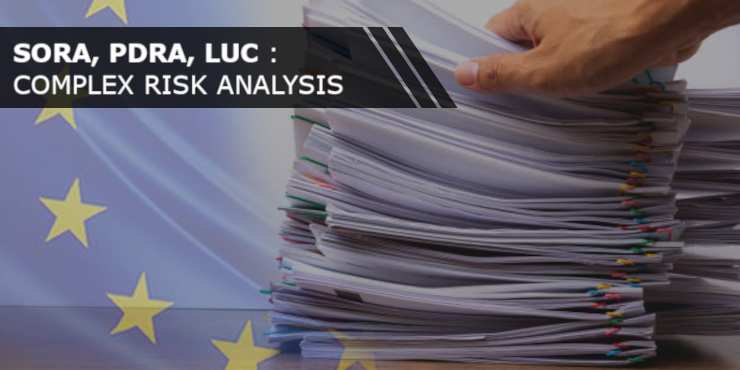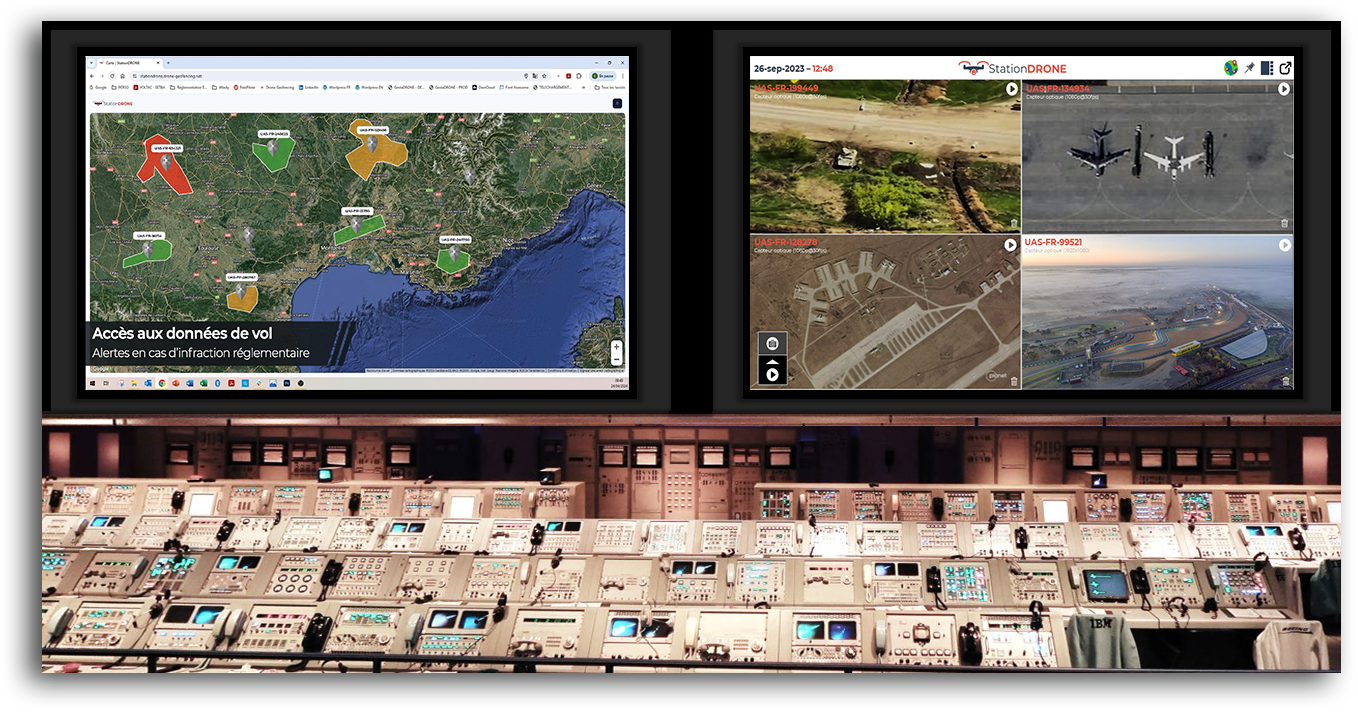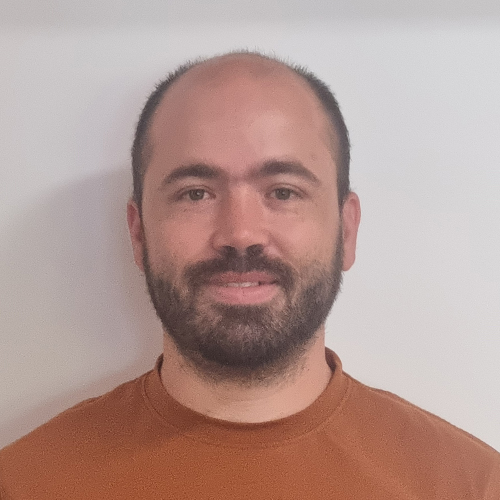When an operator wishes to carry out an operation that does not comply with the standard (national or European) scenarios, he has to apply for an operating permit (granted for a maximum of 1 year) from his national authority by providing a risk analysis study carried out by the SORA, PDRA or LUC method, depending on the case.
In this article, we will focus on the SORA methodology.
This file consists of a holistic approach in the context of flight, allowing to evaluate the risks of the operation (collision with another aircraft, crash of the aircraft) and then to describe how they are to be reduced to ensure the safety of goods and people in the air and on the ground.
The concept of operations described in the SORA is included in the operations manual (MANEX).
What does a SORA file contain?
The operator presents in the introduction of the dossier the flight conditions that motivate his approach to use a non-standard scenario and then describes his concept of operations:
- The flight environment
- Location of the planned operations, all associated topographical, geological and structural characteristics (relief, soil composition, vegetation, infrastructure, etc.).
- Presentation of the aerial vigilance zones in and around the operational environment (restricted areas, airports, natural areas, populated areas, etc.) and their impact on operations.
- Agreements and derogations obtained from the managers of these zones.
- The organisation of the operator
- Overall organisation of the operation (structure and organisation chart)
- inventory of human resources requested and authorised in the context of the activity (civil status, diploma, certificate, regulatory documents, etc.).
- Inventory of the drones to be used for the operation: technical characteristics of the equipment used (flight time, maximum distance, mass, etc.).
Any addition of a drone (even of the same model) or of a new remote pilot will require an amendment to the SORA.
Please note that our GestaDRONE software solution also allows you to centralise all this information and update it in real time.
Secondly, for each type of operation and for each model, the operator assesses the risks (on the ground and in the air) that have been proven within the framework of a scientific hollistic approach: study of the risk on the ground taking into account the autonomy of the drone, its maximum speed, its mass, etc.
Finally, the operator will build a strategy to mitigate air and ground risks.
- Adaptation of equipment: parachute, circuit breaker, etc
- Adapted training plans
- Safety perimeters: contingency zone, buffer zone, etc.
- Specific procedures for the operation: emergency plan, etc.
This file provides an in-depth study, with calculations, of all the elements that make up the operation in order to anticipate and limit the risks.
Despite all that has been said above, it should be noted that the SORA method is a complex and expensive method that can take up to 9 months to complete. Even after it has been written, it is not certain that the dossier will be accepted by the competent authorities.
To facilitate acceptance, it is recommended that you call on one of the rare French aeronautical experts who master this type of regulatory process such as Thierry Mohr (Aeropyxis Group).



